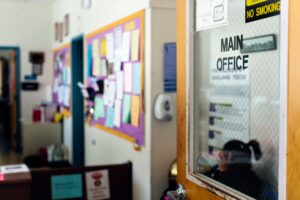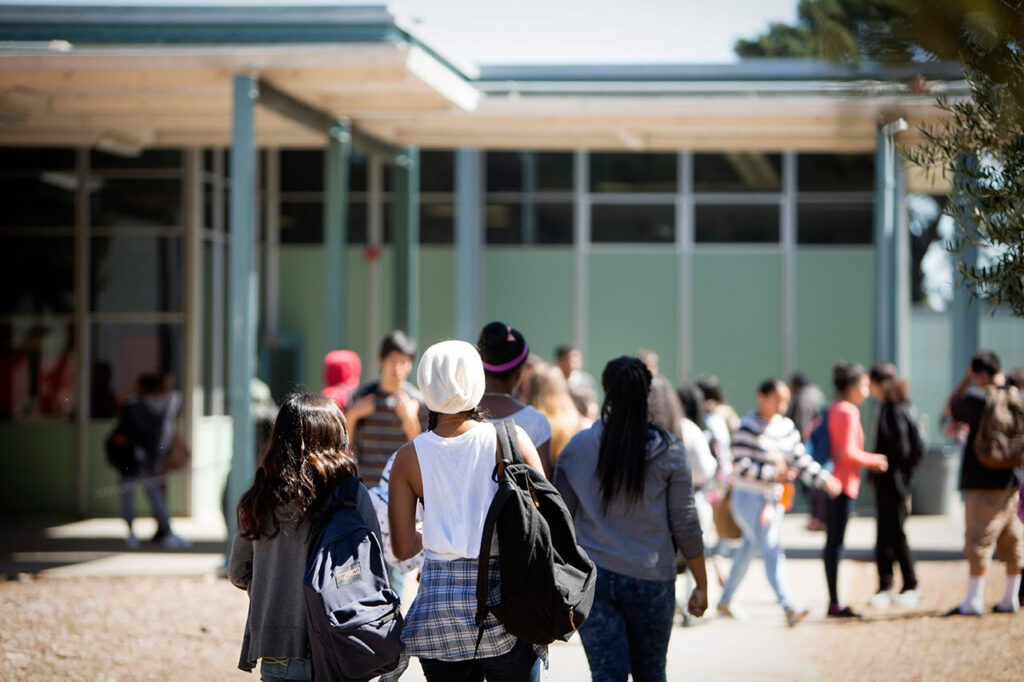Commentary
English learners, too, would benefit from fixing how we teach reading in California; this bill is a good start
April 1, 2024
Bill opponents should seek to improve the legislation rather leave students with outdated reading instruction.

Black teachers: How to recruit them and make them stay

Lessons in higher education: What California can learn

Keeping California public university options open

Superintendents: Well-paid and walking away

The debt to degree connection

College in prison: How earning a degree can lead to a new life

Topic
California's school finance system allocates extra funding for English learners, students who are low-income or homeless and children in foster care. Collectively, these students are often referred to "high needs students." Though many students fall into more than one category, each of these groups faces unique challenges. In the stories below, EdSource shines a light on these challenges as well as strategies to address them. See also: Foster youth, Homeless youth, English learners, and Low-income Students.
Filter by Grade Level
Filter by Article Type
Search by Keywords